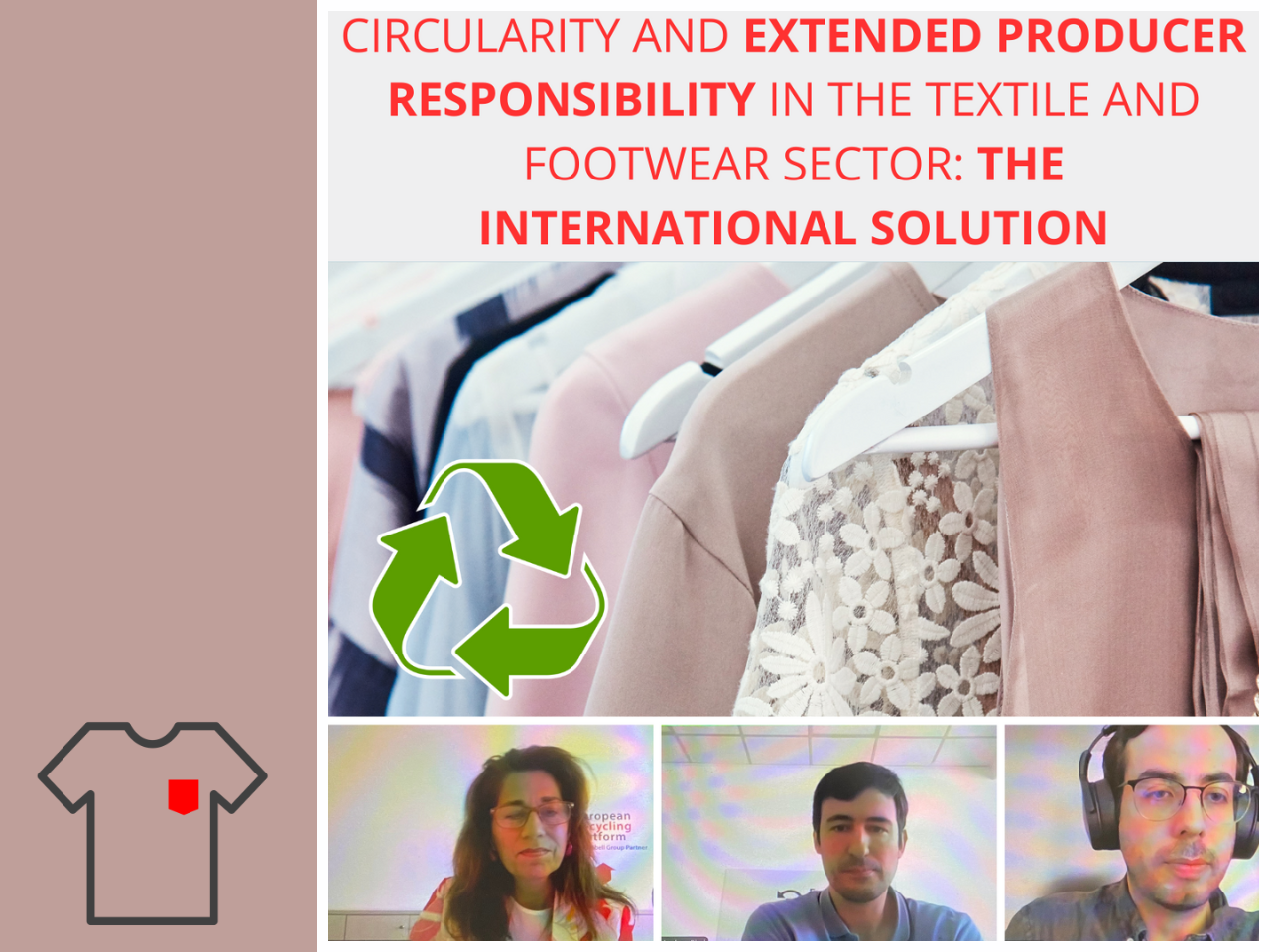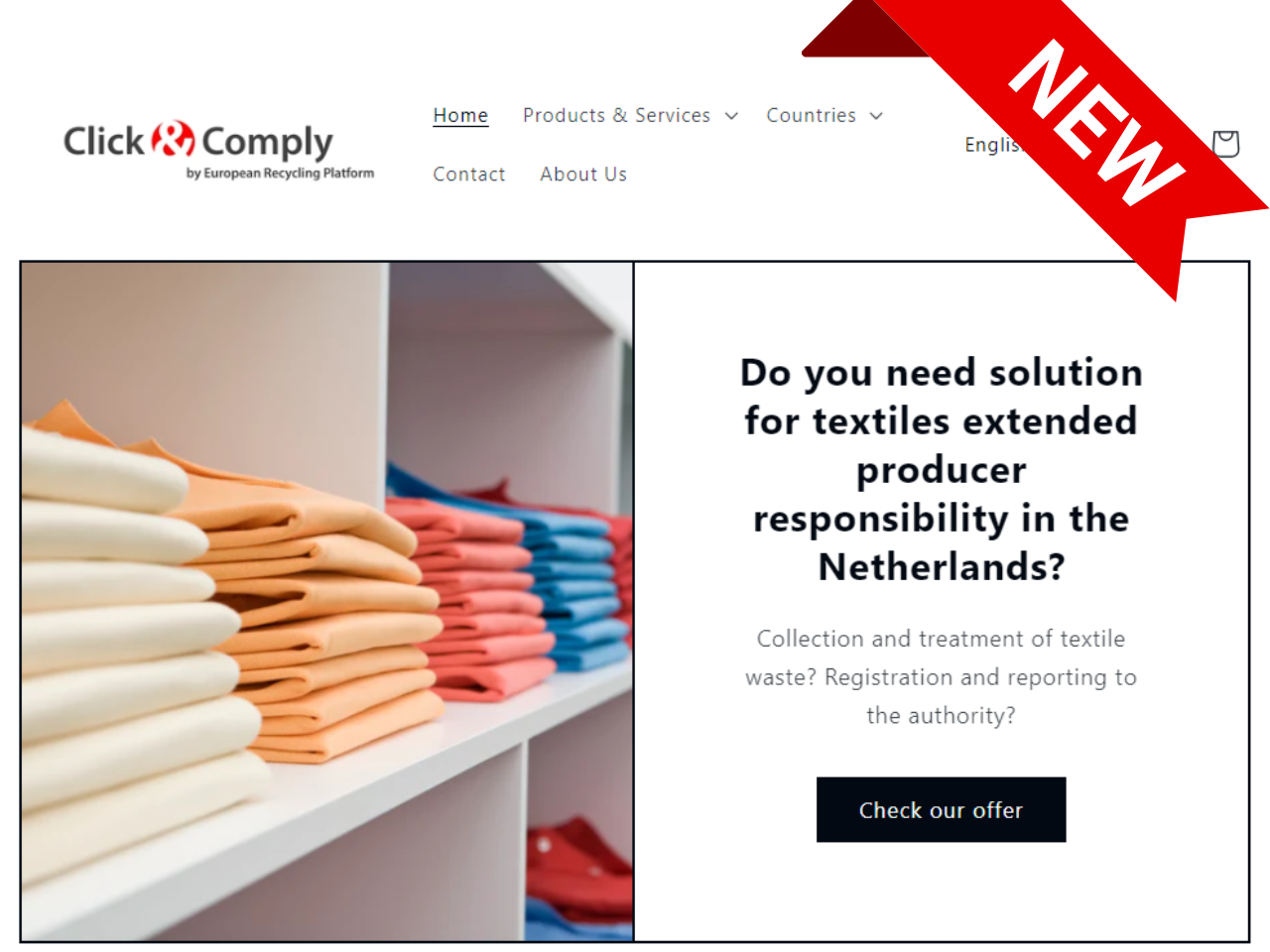What’s happening with regard to chemical regulations internationally? Here are some updates we’ve prepared for you for December 2022.
Titanium dioxide – EU Court annuls classification as carcinogen
The EU General Court has annulled the European Commission’s decision classifying titanium dioxide (TiO2) as a carcinogen. The ruling, which was made on 23rd November 2022, reverses classification & labelling requirements already being implemented since the decision.
Industry opposed the classification, with 11 companies bringing three court cases, which resulted in this joint judgement.
As previously covered in COMPASS (see article here), the legislation classifying TiO2 as a Category 2 carcinogen was published on 18 February 2020, with the harmonised classification & labelling applying since 1 October 2021.
For more information on the judgement, and its immediate and long-term implications for Landbell Group clients, please refer to the article in the latest H2 Compliance newsletter.
European Commission confirms REACH revision delay
In its published 2023 work programme (see also article here), the European Commission has confirmed that the major reform of the EU key chemical legislation will be postponed to the end of 2023.
Earlier issues of COMPASS (see articles here and here) introduced the topic of the revision and strengthening of the EU chemical and environmental legislation, triggered by the commitments of the EU’s Chemicals Strategy for Sustainability (CSS).
At the same time, many initiatives to enhance chemical regulations are proceeding despite the delay via other legislative mechanisms. Among them, for example, the Commission’s Restrictions Roadmap (see article here) and CLP new hazard classes (see article here).
The proposed changes to the REACH Regulation potentially affect chemical compliance practices for many of Landbell Group’s clients. If you wish to discuss any topics as they apply to your portfolio, please contact our colleagues at H2 Compliance here.
EU Enforcement – Spotlight on substances recovered from waste
Inspectors in 11 EU member states have checked whether substances recovered from waste meet the conditions for exemption from REACH registration. About a quarter of the cases were non-compliant, leading to written advice, fines, and administrative orders.
During this project, national REACH inspectors worked in close cooperation with waste inspectors, setting up useful practices in an environment where recycling and recovery are on the rise.
To improve compliance, the Enforcement Forum encourages waste operators placing recovered substances on the market to contact national authorities and helpdesks to gain knowledge about their substances and obligations. The waste and recycling operators should also be aware how the substances will be used by their customers.
More information on the project and the full report are available here.
Officials in California Gear Up for Busy Regulatory Season
California’s Office of Environmental Health Hazard Assessment (OEHHA) announced its agendas for the recent Developmental and Reproductive Toxicant Identification Committee (DARTIC) meeting and the upcoming Carcinogen Identification Committee (CIC) meeting, which will take place before the end of the year.
In particular, the agendas for each meeting signal that OEHHA is looking to establish a better understanding of chemical toxicity profiles for chemical substances already listed on California’s Proposition 65 (Prop 65) list – and has plans to evaluate the potential listing of bisphenol A (BPA) as a carcinogen.
These announcements are common around this time of year as OEHHA prepares to host the committee meetings and list new chemicals under Prop 65.
In late September, OEHHA notified its intent to list antimony (trivalent compounds) as known to the state to cause cancer under Prop 65. The action was undertaken via the Labor Code listing mechanism.
Specifically, the DARTIC meeting focused on review of a recent report on Title 27, Section 27000 for the chemicals to be tested for a further understanding of their carcinogenic or reproductive toxicity potential. The Section 27000 list has no regulatory impact and does not require any testing to be done, but rather provides a source of information concerning chemicals that need further testing pursuant to state or federal law.
The CIC meeting announcement outlined their intent to review the possible Prop 65 listing of BPA as a carcinogen and opened a 45-day comment period on the hazard identification document published in tandem with the announcement.
If your company is looking for support with California Prop 65 or other US chemical regulations, Landbell Group company, H2 Compliance is here to help.
Additional details on these proceedings are covered in its monthly newsletter. For more information, please also see the article here.
Sign up for our monthly
report COMPASS here:
Your email











